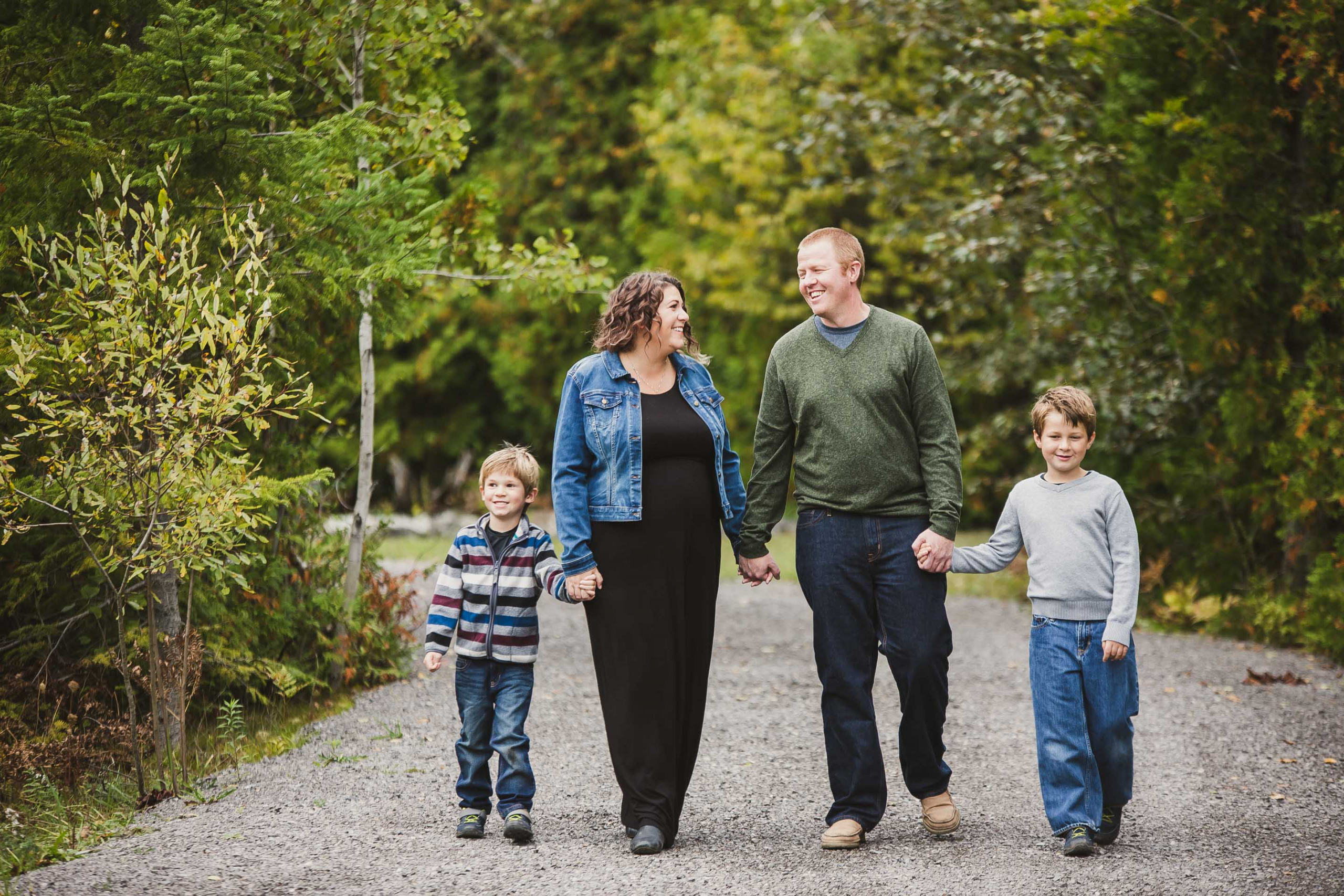What Is The Difference Between Digital Files and ‘RAW’ Files?
When it comes to photography there are a lot of terms and acronyms to learn. Photography digital files make up some of the terms that confuse many. It’s not uncommon for couples and families to ask me if I provide ‘RAW files’ with my packages. This question often throws me off because, usually, when people are asking me this question what they mean is unedited files. However, ‘RAW’ is actually a particular file type. It is primarily used by professionals and hobbyists and not used by practically everyone and everything else.
So in this blog, I will go over two types of files that photographers work with, what they are, how we use them, and what you will ultimately need in the end.
File Types
Professional cameras can shoot in RAW, JPG, or both at the same time. But why on Earth would anyone need two different file types in the first place? Because they do two different things.
RAW files are just what they sound like–raw data. You can think of them as uncompressed, unformatted images with layers upon layers of data. Photographers shoot in RAW because it gives us the most data to work with when we’re editing. These files are huge and we can edit things like the exposure, highlight, shadows, whites, blacks, white balance, tone, and more.
JPG files are compressed, final versions of images. If you take a RAW image with all of those layers of data piled up and mash them down into just one layer, you get a JPG file. JPG files lose all of that detail which make them easy to edit. So if we try to adjust the light in a JPG file, it will not look nearly as good as if we did so with a RAW file.
You might think, “Well why would I want to use a JPG file if the RAW file contains so much more data? There are a couple of reasons.


Storing Your Digital Files
RAW files are huge. That’s why you see us working with so many memory cards. We have to switch them out at a wedding or portrait session when we fill one. This is why photographers work with huge hard drives, external hard drives, and pay for cloud storage. I, for example, have several external hard drives and backup systems. If you’ve ever downloaded a full wedding gallery, you might understand. You may even have to save those files to Dropbox or Google Drive because they fit on your phone or tablet. And those JPG files will only be a fraction of the size of the original RAW files.
RAW files are not interchangeable with JPG files. We need the RAW file in order to effectively edit colour and lighting. Once we have finished those edits, we export it as a JPG (or a myriad of other elephant-sized file types). With the JPG file, we can remove objects from the background, smooth out someone’s skin, or remove flyaway hairs. We can even swap out Dad’s face from another photo in which he isn’t blinking.
Printing + Sharing
JPG files look better. Your photographer has already embedded all of her edits into the photograph. However, the RAW file is never really ‘edited.’ Instead, edits are made on top of the RAW file like placing a filter on top of it without ever actually changing the file. So if you tried to use a RAW file for sharing or printing, all of those changes may not be applied.
Ultimately, you will need JPG files from your photographer for both sharing and printing. This is the case whether you are sharing your photos on social media, email them to your grandmother, ordering prints online, or taking a memory stick to a local printer. You will not be able to share RAW files. Most computers and mobile devices can’t read them and most online platforms won’t be able to recognize them.
If you were working with the RAW photography digital files from your photographer, you would need to export them as a JPG in order to use them for… well… anything!

Photography Digital Files
I provide all of my clients with printed artwork because it takes a lot of the hassle out of learning all of this stuff. Nevertheless, I always deliver high-quality, unwatermarked JPG files to my clients to share with their family and friends. If you’ve ever experienced the horror of uploading a photo to Facebook, only to have it make it look all blurry and ruin the colour, you understand why this is important.
Tap here to book a consultation with me. I’ll share the whole process with you, share some of my printed artwork, and we’ll discuss what you need for your best photography experience.
Share With A Friend
Whether you know someone who is interested in embarking on their own photography journey, or you know someone planning a special photo opportunity with their family, use the buttons below to share this blog with them.








